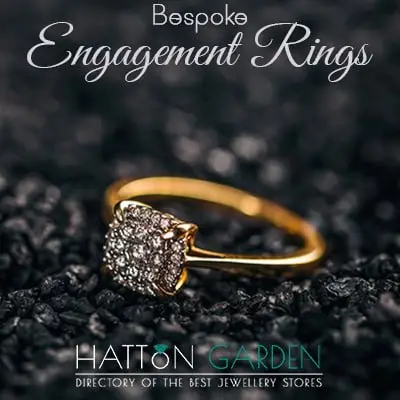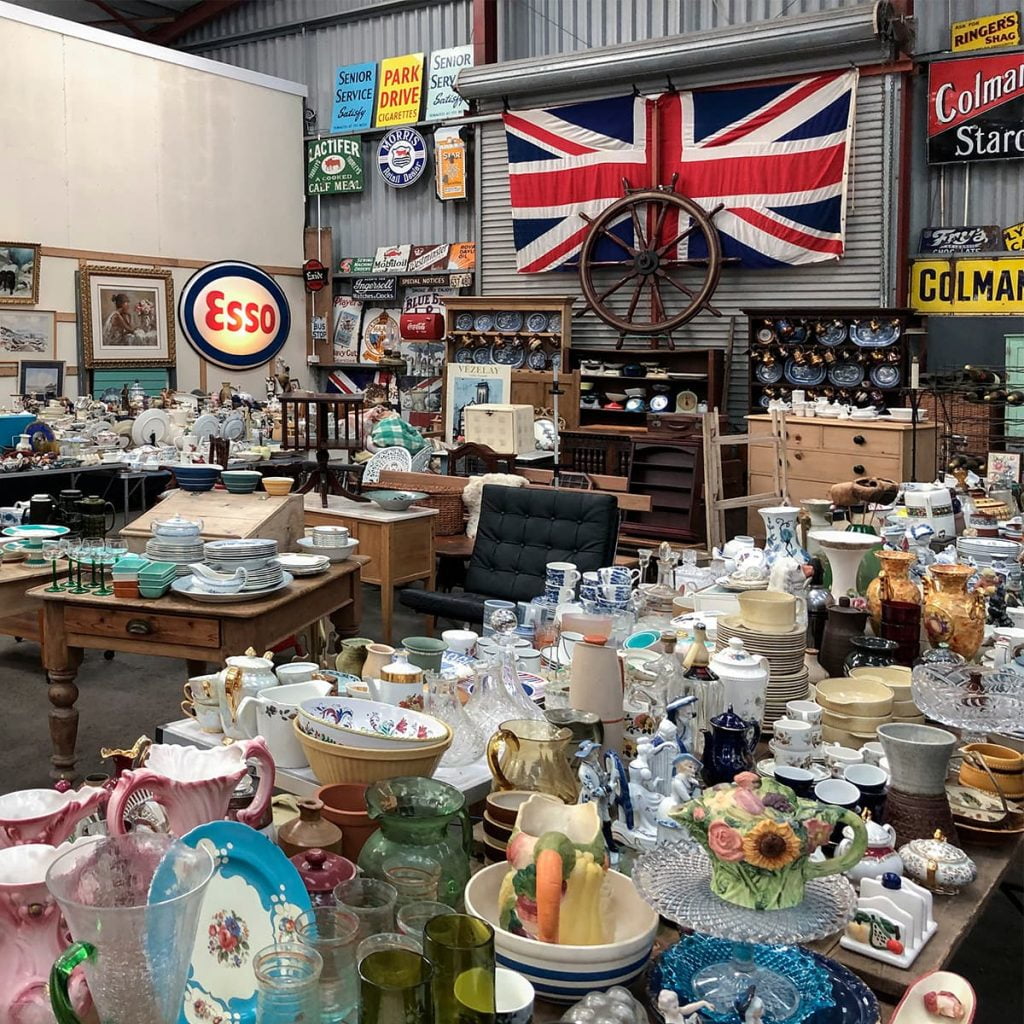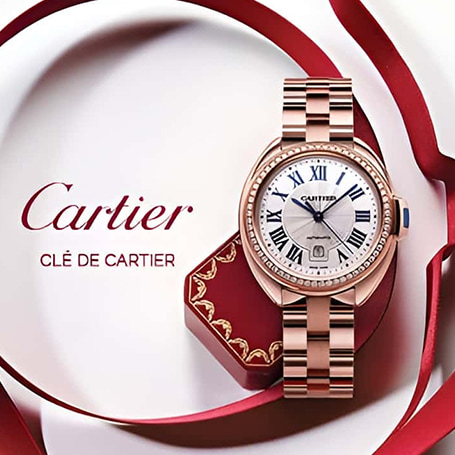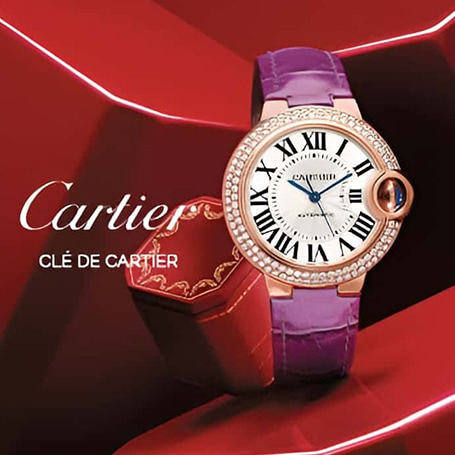Few cities speak the language of antiques quite like London. The capital is more than a shopping destination for vintage lovers – it is a living archive, a city where past centuries breathe quietly through stalls, arcades, and cobbled alleys. From Victorian parlours to mid-century interiors, remnants of the past are not merely preserved here. They are actively traded and treasured.
What distinguishes London in the world of antiques is not simply volume, but the richness of its context. The city’s antique markets are often woven into architectural legacies – covered arcades, Georgian streets, and Art Deco landmarks that heighten the thrill of discovery. It is in these settings that the past reveals itself not behind glass in a museum but within reach of your fingertips.
There is also the human aspect. Many traders are not just salespeople but custodians of memory. Whether dealing in 1920s typewriters or rare Edwardian jewellery, they often bring encyclopaedic knowledge and infectious passion. Buyers do not simply take home an object but often a story, a connection, or a fragment of social history.
This makes antique shopping in London feel less transactional and more like time travel with purpose. With a scene that spans from upscale indoor galleries to spirited outdoor boot sales, the city offers routes for both the connoisseur and the curious browser.
Let’s explore the ten standout destinations that continue to define and redefine antique hunting in the capital.
Portobello Road Market – A World of Antiques in One Street
Set against the pastel facades of Notting Hill, Portobello Road Market is London’s most internationally recognised vintage destination. It claims the title of the world’s largest antique market, and few would dispute it. Over a thousand dealers line a mile-long route, offering everything from fine silver to second-hand cameras.
The most coveted stretch lies between Chepstow Villas and Elgin Crescent, where antique arcades such as Admiral Vernon provide shelter and surprise in equal measure. On Saturdays, the entire ecosystem comes alive – street traders, permanent arcades, and devoted collectors all converge in an atmosphere that buzzes with possibility.
Expect to find jewellery from the 1920s, vintage books, Victorian porcelain, and curious oddments that defy easy classification. It is this range, from the museum-worthy to the quirky and affordable, that gives Portobello its unique magnetism.
Fun Fact: The market sits atop one of the oldest Roman roads in London. Though the stalls sell 19th- and 20th-century treasures, the path beneath your feet has been a trading route for nearly two thousand years.
An early start is crucial. Seasoned shoppers know to arrive before 11:00am on Saturdays to avoid the crowd and snap up the best pieces. Haggling is welcome, particularly at street stalls, and while cards are often accepted indoors, cash remains king for smaller finds.
Alfies Antique Market – Art Deco Elegance in Marylebone
For those seeking a more curated experience, Alfies Antique Market provides a multi-floor oasis of design history. Tucked away in Church Street, Marylebone, Alfies occupies a magnificent Egyptian-style Art Deco building, once home to Jordan’s department store. Today, it houses up to 100 dealers spread across four levels.
Alfies is especially prized for 20th-century design, attracting interior designers and collectors in search of authentic Art Deco, mid-century modern, and post-war pieces. The collections range from fine art and rare books to South Sea pearls, 1950s glassware, and hand-stitched Chinese embroidery.
Compared to the high-energy chaos of Portobello, Alfies offers quiet charm and discovery at a slower, more deliberate pace. Its rooftop café, something of a local secret, provides a pleasant break with skyline views and a menu suited to celebratory prosecco after a successful purchase.
Many dealers accept cards, although some still prefer cash for smaller transactions. While prices reflect the carefully selected nature of the stock, polite negotiation is often possible and occasionally fruitful.
Alfies’ blend of immersive atmosphere and focused specialisation makes it a “destination market” in its own right. For those who enjoy antiques with architectural flair and minimal elbow-jostling, it is a must-visit.
Camden Passage – Vintage Charm in Islington
Nestled just off Upper Street in Islington, Camden Passage charms with its cobbled lanes, outdoor stalls, and bijou shops. It feels more village than city, a pedestrianised pocket that manages to be quaint, characterful, and quietly fashionable all at once.
Wednesdays and Saturdays are the best days for antique shopping, when over 200 stalls spring to life, particularly around Pierrepont Arcade and Charlton Place Market. Permanent shops, however, are open daily and feature a wide spectrum of specialities – from Edwardian textiles and 20th-century jewellery to Japanese prints, cap badges, and militaria.
This is one of London’s best destinations for those who want a more intimate market experience. Haggling is not only acceptable but often encouraged in a good-natured way. Traders here appreciate charm and confidence, and many are open to negotiation, especially if you’re paying in cash or buying multiple items.
Camden Passage excels in its dual identity – market and high street, treasure trove and tranquil walk. Whether you’re hunting a rare brooch or stopping for coffee between discoveries, the experience here feels curated yet relaxed.
Grays Antique Centre (Mayfair)
Location and Access: Located at 58 Davies Street, W1K 5LP, just behind Oxford Street, the Greys Antique Centre is a central fixture in Mayfair. Bond Street Station is the nearest Tube stop.
Market Style and Atmosphere: While not a traditional market, Grays operates as a well-curated indoor centre with a high concentration of antique dealers. Housed in a historic Victorian building, its setting is elegant and subdued, drawing serious collectors rather than casual browsers.
Typical Finds: Best known for antique jewellery, including Georgian, Victorian and Art Deco pieces, Grays also offers silverware, watches, militaria, coins, and small objets d’art. Many dealers are long-established specialists with strong reputations in their fields.
Best Days/Times to Visit: Open Monday to Friday (10am–6pm), though some dealers operate with reduced hours.
Insider Tips: Card payments are widely accepted, and while haggling is minimal, dealers are often approachable, especially for repeat buyers. It’s a go-to for collectors seeking verified provenance and fine-period jewellery in central London.
Bermondsey Antique Market – The Trader’s Dawn Patrol
For those who believe the early bird catches the rarest find, Bermondsey Antique Market is the spiritual home. Located on Bermondsey Square near Tower Bridge Road, this is London’s most historic outdoor antiques market. And if you want to get the best pieces, you’ll need to rise with the sun.
Friday is the only day to visit, and trading starts at 6 am sharp. By midday, most vendors are packing up. This schedule reflects the market’s original identity as a “dealer’s market”, where trade professionals came to source stock before it ever reached the high street.
The atmosphere is unvarnished and traditional. You’ll encounter silver cutlery, Edwardian military medals, Victorian glassware, vintage maps, and curiosities ranging from elegant to eccentric. There’s something particularly thrilling about rummaging through a table of mixed items and spotting a hidden gem.
Cash is a must. Most traders do not accept cards, and the bargaining culture here is robust and fast-paced. Wear comfortable shoes, dress warmly, and bring a torch if you’re arriving before dawn.
While the market has weathered challenges – including gentrification pressures and changing retail habits – it remains beloved for its authenticity. Bermondsey is not a place of curated stalls and signage. It is raw, unpredictable, and exhilarating, offering an experience that recalls an earlier, more tactile era of trading.
Old Spitalfields Market – Antique Thursdays with a Contemporary Edge
Set in the heart of East London, Old Spitalfields Market is a blend of Victorian grandeur and East End dynamism. Though it operates daily with fashion, food, and lifestyle stalls, Thursdays are reserved for antique hunters.
Under its impressive glass roof, over 80 specialist dealers display vintage clothing, furniture, maps, cameras, jewellery, and the occasional designer handbag. The market draws an eclectic crowd – fashion stylists, prop buyers, and vintage collectors all mingle with tourists and local enthusiasts.
Prices tend to be more affordable than in West End counterparts, and the vibe is distinctly younger and more experimental. This is a market where vintage Chanel sits comfortably next to 1970s workwear and a vinyl crate of obscure jazz records.
Early arrival is recommended for serious buyers, as the best items go quickly. Haggling is common and usually welcomed if done with politeness and curiosity.
The strength of Spitalfields lies in its balance of old and new. You can discover a 1930s silk blouse, enjoy a gourmet lunch, and pick up a handmade candle, all within the same visit. It is one of London’s most versatile and vibrant marketplaces, and the dedicated Thursday antique day is its most collectible-friendly moment.


Greenwich Vintage Market – Treasures Beneath Maritime Skies
Located in the historic heart of Royal Greenwich, the Greenwich Vintage Market blends centuries-old architecture with vibrant contemporary charm. It sits within a UNESCO World Heritage Site, steps from the Cutty Sark, National Maritime Museum, and the Queen’s House. The setting alone adds richness to any browsing session.
Greenwich Market has existed in various forms since the 1800s, and today, Tuesdays, Thursdays, and Fridays are devoted to antiques and collectables. A separate “Greenwich Vintage Market” runs from Friday to Sunday, offering retro and handmade items. Across both sections, expect to find decorative antiques, furniture, jewellery from Victorian to Art Deco eras, vintage maps, clocks, toys, books, and typewriters.
Dealers here are friendly and knowledgeable, often happy to discuss provenance and condition. Most accept card payments, but it is always advisable to carry some cash, especially for smaller purchases. Polite negotiation is generally welcomed, particularly if you are purchasing several pieces.
Greenwich’s appeal lies in its diverse and approachable inventory, paired with a day out steeped in London’s maritime heritage. Whether you are seeking a genuine antique or a nostalgic memento, this market offers both with flair.
Sunbury Antiques Market – The Trade’s Best-Kept Secret
Held at Kempton Park Racecourse, Sunbury Antiques Market is often regarded as a holy grail for serious collectors and interior designers. Though technically outside central London, its proximity and rail connection to Waterloo make it easily accessible. What it offers in return is unrivalled scale and quality.
Taking place on the second and last Tuesdays of each month, Sunbury hosts over 700 traders, spread across two indoor grandstands and a vast outdoor area. Early arrival is crucial – gates open at 6:30 am, and the best finds often vanish within the first hour.
Here, you’ll encounter everything from mid-century Danish furniture to French garden ornaments, silverware, ceramics, vintage textiles, and taxidermy. Many items are acquired by professionals for resale, meaning this is a rare opportunity to purchase pieces at or near trade prices.
Cash is essential, and most dealers do not accept cards. A soft but firm approach to negotiation – asking for the “best price” – is recommended. Services such as Van Butler Couriers, operating on-site, help buyers transport larger pieces, while those planning multiple purchases might consider hiring a van for the day.
The atmosphere at Sunbury is unpretentious yet purposeful. It is not a market for idle browsing but a treasure hunt where rewards go to those who prepare well and move quickly.
Covent Garden Apple Market – Heritage Finds in the Heart of the City
Tucked within Covent Garden’s iconic covered piazza, the Apple Market offers a slice of British heritage shopping every Monday, when it is transformed into a haven of vintage delights.
While Covent Garden is best known for boutiques and street performers, Mondays draw collectors in search of classic British memorabilia – from vintage Wedgwood ceramics to silver-plated tea sets and retro cameras. Antique jewellery is a particular draw, and names such as Royal Doulton, Spode, and Minton regularly appear on the stalls.
Haggling is not as customary here as in street markets, but respectful negotiation is sometimes possible. Cash is preferred, although many vendors now accept cards. Visitors can also explore nearby markets, such as Jubilee Hall and the East Colonnade, for additional finds.
What sets Covent Garden apart is its centrality and atmosphere. The architecture, high footfall, and surrounding theatres make this market ideal for casual antique hunting, especially for visitors combining culture with collecting.
Chiswick Car Boot Sale – Vintage Gems with a Community Spirit
Often hailed as the most refined car boot sale in London, the Chiswick Car Boot Sale takes place on the first Sunday of each month (excluding January) at Chiswick School.
The sale opens to the public at 6:30 am, with sellers queuing from the early hours. As a PTA-organised event, all proceeds from entry fees support the school – giving the market a feel-good community ethos alongside its bric-à-brac charm.
Expect to find antique furniture, vintage clothes, records, books, toys, jewellery, and surprising one-off treasures from affluent locals clearing out attics and lofts. The setting is low-key and friendly, but the quality of items often surpasses expectations.
Bring cash – most sellers do not accept cards – and feel free to negotiate. Bargaining is expected, particularly towards the end of the morning. The £1 admission fee and schoolyard setting make it family-friendly, although dogs are not permitted on the grounds.
The Chiswick sale is ideal for those who enjoy hunting without pressure, with a strong chance of stumbling upon overlooked treasures at modest prices.
Chelsea Antiques Scene – From Market Glory to Boutique Prestige
Although the original Chelsea Antiques Market on King’s Road closed in 2008, the district remains a centre of antique prestige, now focused on periodic fairs and luxury boutiques.
The Chelsea Old Town Hall hosts esteemed events such as the CADA Fair and Frock Me! Vintage Fashion Fair, both drawing serious collectors and specialist dealers offering vetted stock. These events are seasonal but consistently attract high-calibre exhibitors with rare and decorative pieces.
Along the King’s Road itself, a selection of elite antique shops continues the tradition. Notable names include Hatchwell Antiques, renowned for lighting and scientific instruments, and AntikBar Gallery, which specialises in original vintage posters. The Furniture and Arts Building (formerly Furniture Cave) houses a diverse group of antique dealers across three floors.
In Chelsea, prices reflect quality and exclusivity, and bargaining is uncommon. Most dealers accept cards and offer shipping or valuation services. The atmosphere is refined and personal, catering to collectors seeking investment-grade items or specialist decor pieces with strong provenance.
While no longer a daily antiques market in the traditional sense, Chelsea retains its cultural clout through its historic address, expert dealers, and the prestige of its curated fairs.
A Collector’s Guide: How to Buy Antiques in London
Spotting Authenticity: Examine wear, maker’s marks, patina, and any documentation that supports provenance. Ask dealers about an item’s origin, and when in doubt, consult a BADA-accredited specialist for reassurance.
Negotiating with Grace: Use phrases like “Is there any flexibility on this?” or “What’s your best price?” rather than issuing hard demands. In outdoor markets, offering cash can often unlock a better price. Always remain respectful – many sellers enjoy the exchange as part of the culture.
Shipping and Transport: Large purchases? Hire a van, use Uber XL, or book services like Van Butler for on-the-day collection. For international shipping, agents such as Stephen Morris Shipping or Chudley International offer bespoke packaging, documentation, and insurance.
Price Expectations: Values range dramatically. Markets such as Spitalfields and Bermondsey offer affordable entry points, while boutiques in Chelsea or curated stalls at Alfies tend to price higher due to expertise and curation. Understand that a dealer’s markup also covers rent, transport, and sometimes auction premiums.
A Timeless Investment in Stories and Sustainability
Antique hunting in London is far more than a pastime. It is a way of participating in cultural preservation, making sustainable choices, and forging a tangible link with the past. Each purchase is a quiet rebellion against disposability, and each object carries a story that continues in your care.
From a flea-market silver spoon to a museum-worthy oil painting, these items invite you to play a role in their enduring journey. In a world flooded with the temporary, London’s antique markets offer something enduring – the joy of real things with real histories.


















